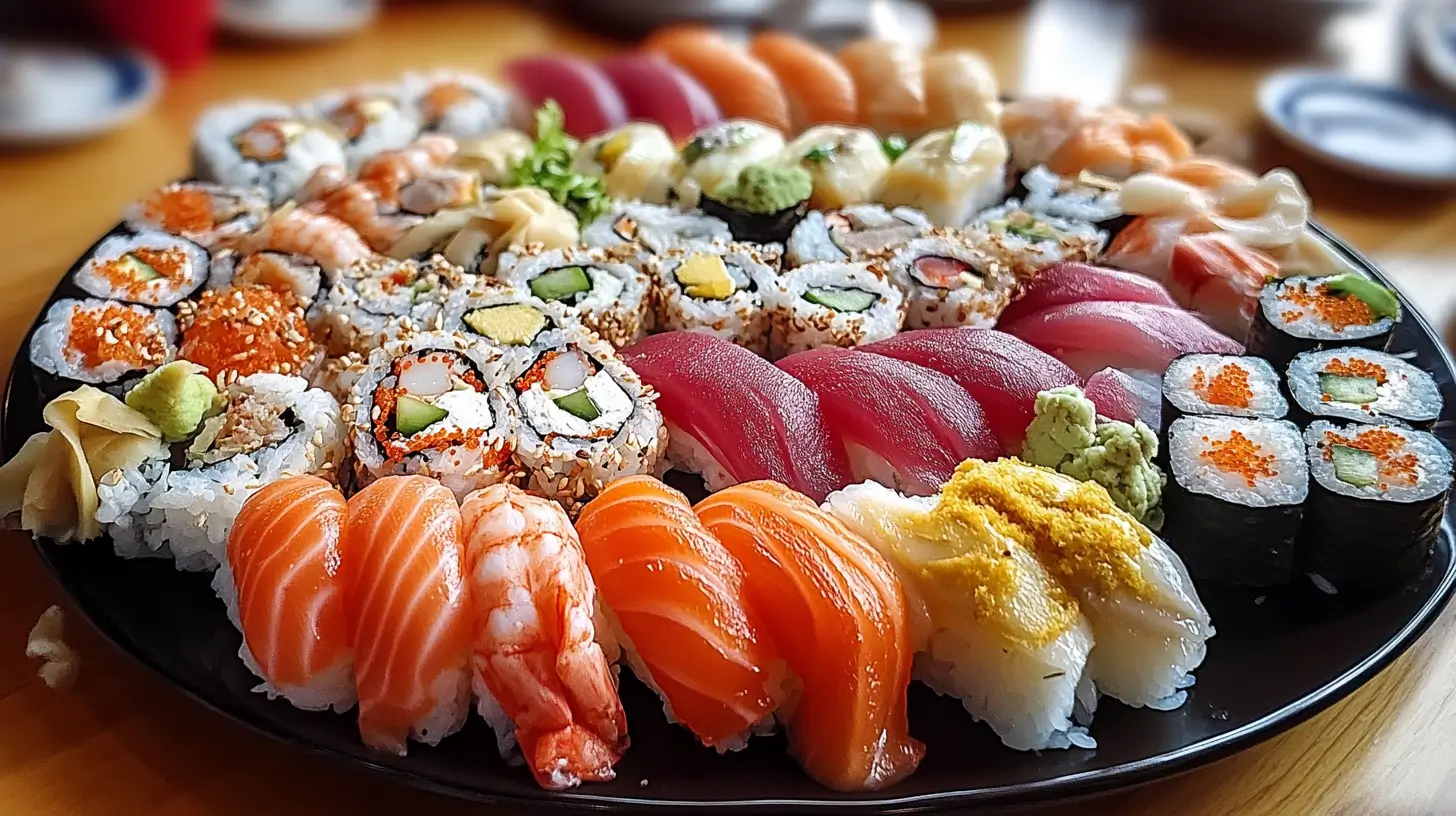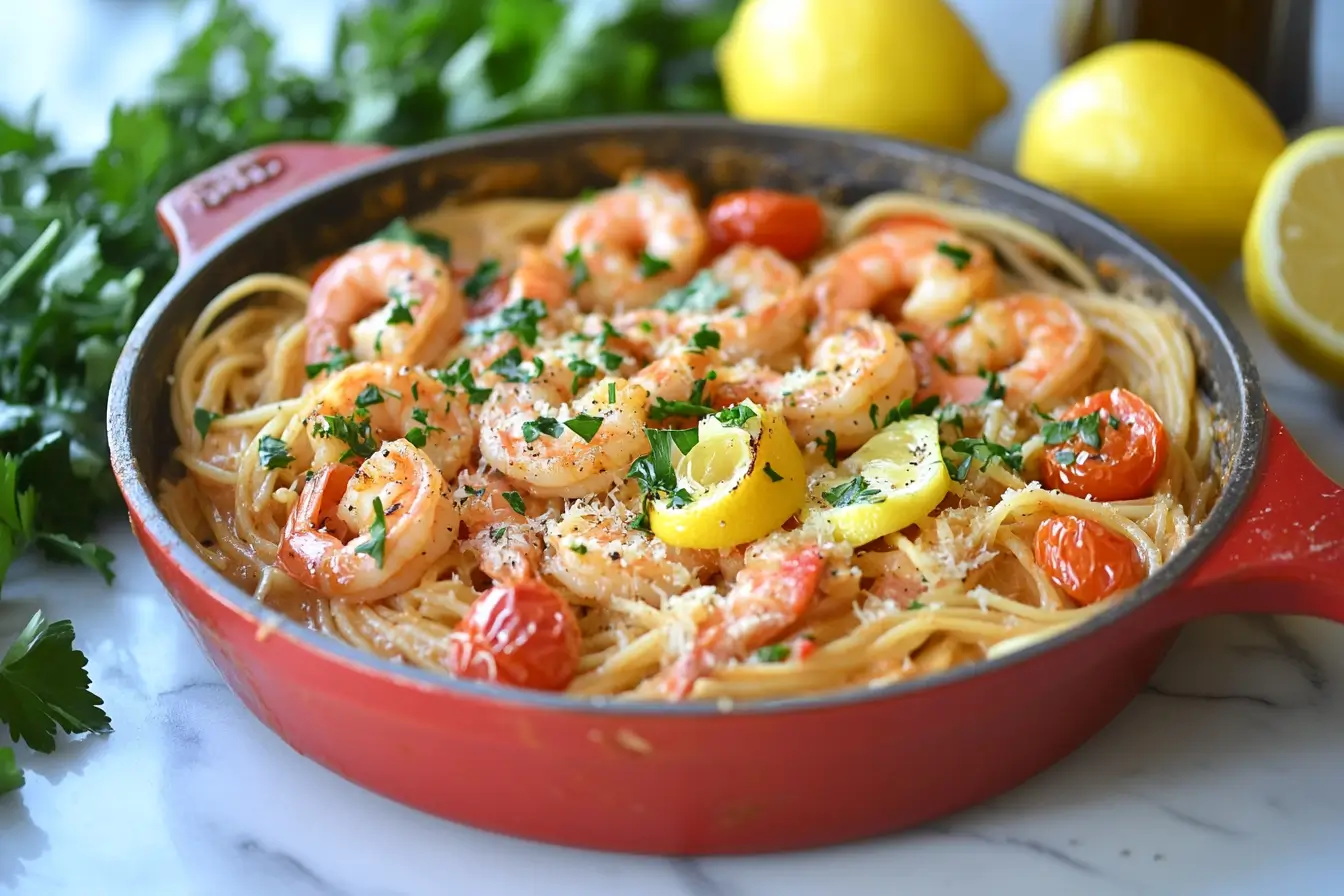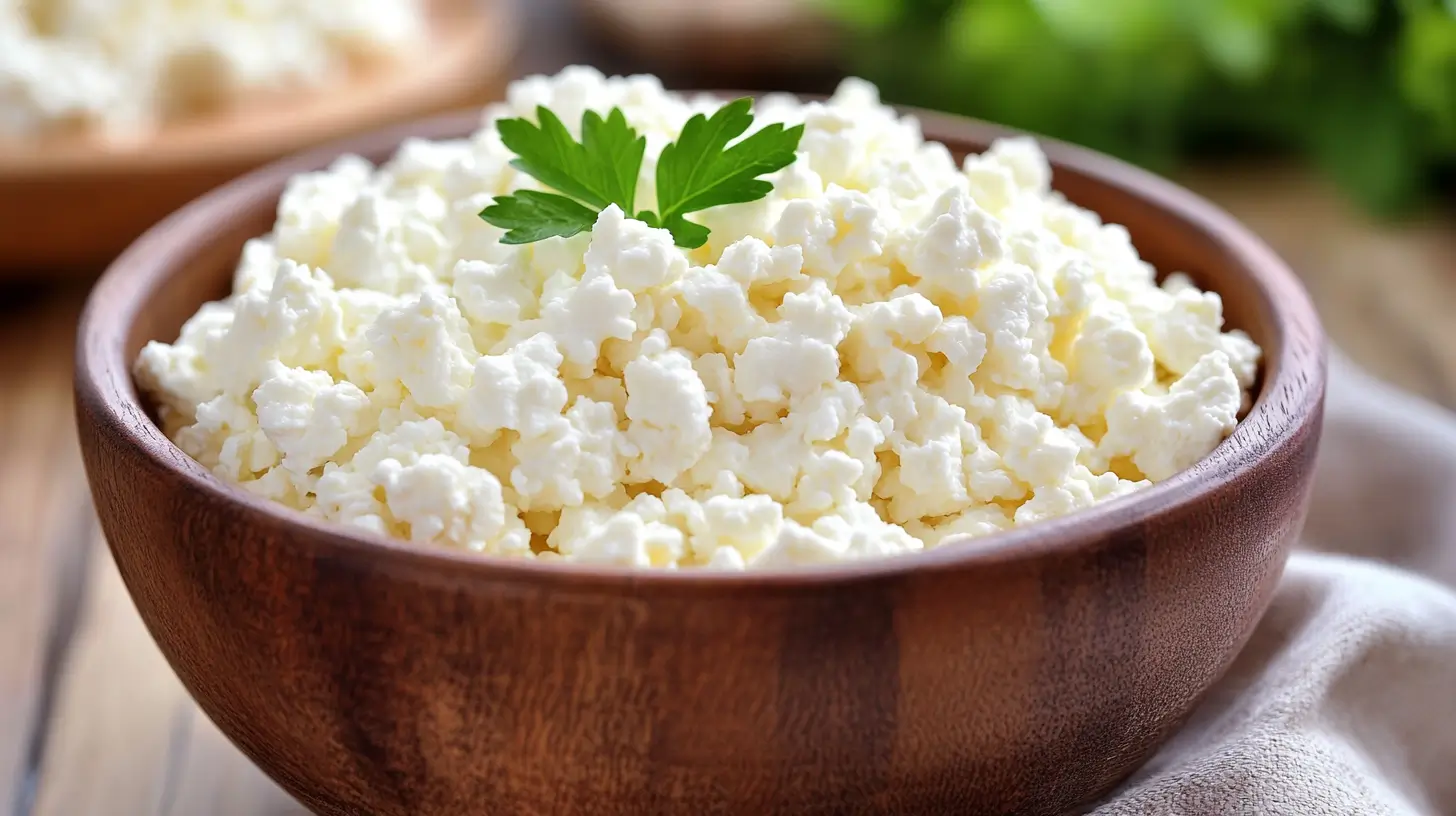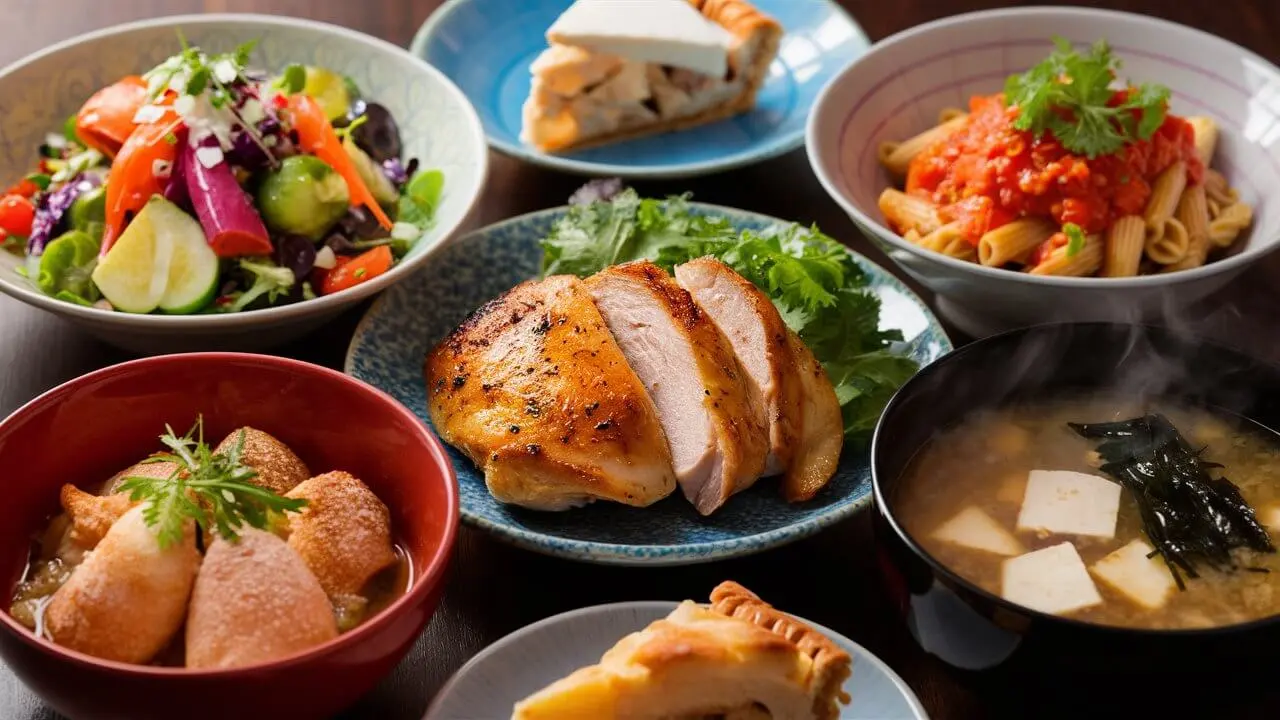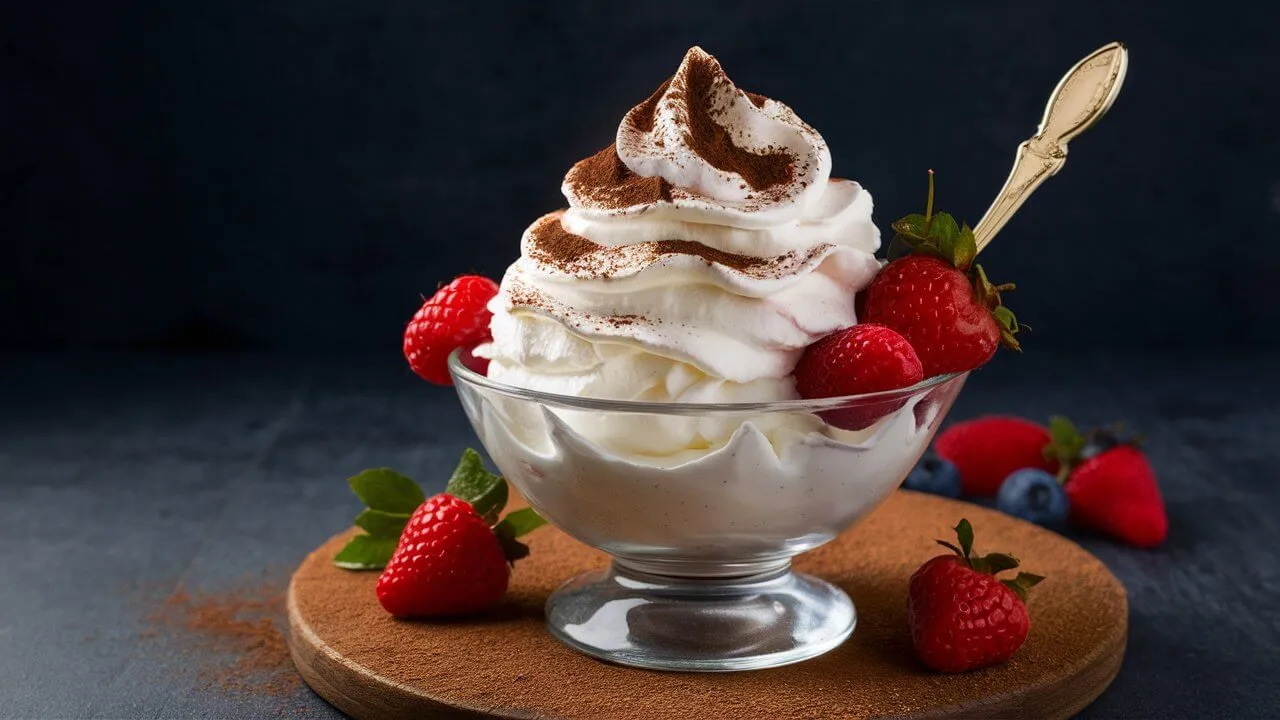Sushi, a culinary art form originating from Japan, has gained worldwide popularity for its delicate flavors, beautiful presentation, and diverse ingredients. While sushi itself is often considered the main attraction, appetizers play a crucial role in enhancing the dining experience. A well-thought-out sushi appetizers menu not only sets the stage for the main course but also introduces diners to the rich and varied tastes of Japanese cuisine.
In this article, we will discuss the world of sushi appetizers, covering traditional Japanese options, contemporary twists, and complementary dishes that perfectly accompany sushi. Whether you are a sushi enthusiast or a restaurant owner looking to craft the perfect menu, this guide will provide you with all the information you need.
Understanding Sushi Appetizers
Appetizers, or “zensai” in Japanese, are small dishes served before the main course to stimulate the appetite. In the context of a sushi meal, appetizers serve to introduce diners to the flavors and textures they can expect in their sushi courses. They often include a mix of raw and cooked ingredients, providing a well-rounded culinary experience.
Traditional Sushi Appetizers
- Edamame: These steamed and salted soybeans are a classic Japanese appetizer. Served warm or cold, edamame is both nutritious and delicious, making it a perfect start to a sushi meal.
- Miso Soup: A staple in Japanese cuisine, miso soup is made from fermented soybean paste, dashi (a type of broth), and various ingredients like tofu, seaweed, and green onions. It is light yet flavorful, warming up the palate for the sushi to come.
- Gyoza: These Japanese dumplings are usually filled with ground meat and vegetables, then pan-fried to perfection. Gyoza is often served with a dipping sauce made of soy sauce, vinegar, and chili oil.
- Sunomono: This is a light and refreshing salad made from thinly sliced cucumbers, seaweed, and sometimes seafood, all dressed in a sweet and tangy vinegar dressing. It’s a perfect palate cleanser before enjoying sushi.
- Agedashi Tofu: Agedashi tofu consists of deep-fried tofu cubes served in a hot dashi broth, garnished with grated daikon radish, green onions, and bonito flakes. The contrast between the crispy exterior and the soft interior of the tofu makes it a delightful appetizer.
- Tempura: Tempura includes lightly battered and deep-fried vegetables or seafood. The batter is airy and crisp, providing a satisfying crunch. Common tempura items include shrimp, sweet potato, and bell pepper.
- Tatakis: This refers to lightly seared fish or meat, sliced thinly and served with a ponzu sauce. Tuna tataki and beef tataki are popular choices, offering a melt-in-your-mouth experience.
Contemporary Sushi Appetizers
- Sushi Tacos: A fusion dish that combines the flavors of sushi with the convenience of a taco. These are typically made with seaweed or rice paper shells filled with sushi-grade fish, avocado, and a variety of toppings.
- Poke Bowls: Originating from Hawaii, poke bowls have become a popular sushi-inspired appetizer. They consist of diced raw fish, typically tuna or salmon, served over rice and topped with vegetables, seaweed, and sauces.
- Sashimi Salad: A modern twist on traditional sashimi, this salad features thinly sliced raw fish served over a bed of greens, often with a sesame or ginger dressing.
- Spicy Tuna Tartare: This dish includes finely chopped tuna mixed with spicy mayo, avocado, and sesame seeds. It is usually served with crispy wonton chips or cucumber slices.
- Sushi Sliders: Mini sandwiches made with sushi rice buns and filled with ingredients like spicy tuna, crab salad, or teriyaki chicken. They offer a playful and bite-sized introduction to sushi flavors.
Creating a Balanced Sushi Appetizers Menu
When crafting a sushi appetizers menu, it is important to consider balance and variety. A well-rounded menu should include a mix of raw and cooked items, light and rich flavors, and a variety of textures. Here are few steps for creating a well balanced menu:
- Variety of Ingredients: Include a range of ingredients such as seafood, vegetables, tofu, and rice. This ensures that there is something for everyone, catering to different tastes and dietary preferences.
- Texture Balance: Combine different textures, such as crispy tempura, soft tofu, and crunchy vegetables. This creates an engaging eating experience and keeps the palate interested.
- Flavor Profiles: Offer a mix of flavors, from the umami-rich miso soup to the tangy sunomono salad. Incorporate sweet, salty, sour, and spicy elements to excite the taste buds.
- Portion Sizes: Appetizers should be small enough to leave room for the main sushi courses. Aim for bite-sized portions that are easy to share.
- Seasonal Ingredients: Use seasonal ingredients to ensure freshness and to highlight the natural flavors of the produce. Seasonal menus can also provide a sense of novelty and excitement.
Popular Sushi Appetizers
Now, let’s take a closer look at one of the most popular sushi appetizers and how it can enhance your dining experience.
Edamame
Ingredients:
- 2 cups edamame (soybeans in pods)
- 1 tablespoon sea salt
Preparation:
- Get a pot with water to a boil.
- Add the edamame and cook for 5 minutes until tender.
- Drain and sprinkle with sea salt.
- Serve warm or cold.
Edamame is a simple yet highly satisfying appetizer that complements the flavors of sushi perfectly. Its mild taste and slightly crunchy texture make it a great palate cleanser, preparing diners for the more complex flavors of the main sushi courses.
Serving Sushi Appetizers
When serving sushi appetizers, presentation is key. Japanese cuisine places a strong emphasis on visual appeal, so take the time to arrange your dishes beautifully. Here are some tips for serving sushi appetizers:
- Plating: Use small, elegant plates or bowls for individual appetizers. Arrange items neatly and avoid overcrowding the plate.
- Garnishes: Fresh herbs, sesame seeds, and pickled vegetables can add color and texture to your dishes.
- Sauces: Serve dipping sauces in small, separate bowls to keep the flavors distinct and prevent sogginess.
- Temperature: Ensure that hot appetizers are served hot and cold appetizers are served cold. This enhances the flavors and textures of the dishes.
Frequently Asked Questions
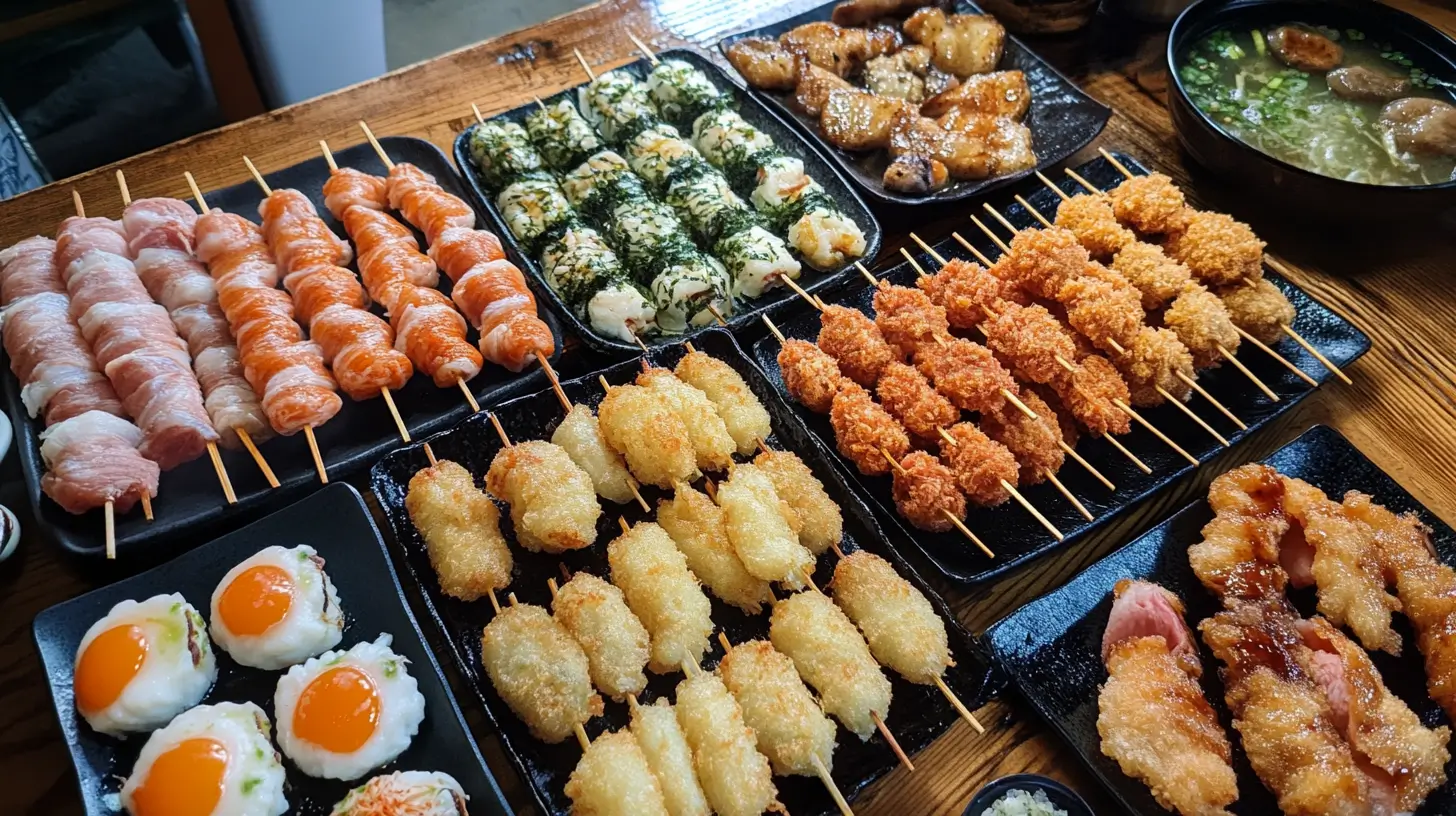
What appetizers go well with sushi?
When considering what appetizers go well with sushi, it is important to think about complementary flavors and textures. Traditional Japanese appetizers such as edamame, miso soup, gyoza, sunomono, agedashi tofu, tempura, and tataki are excellent choices. These dishes offer a range of tastes and sensations that enhance the sushi dining experience.
Edamame, with its simple preparation and mild flavor, is a perfect start. It cleanses the palate and sets a neutral base for the more complex flavors of sushi. Miso soup is another great option; its warm, savory broth prepares the taste buds for the meal ahead. Gyoza, with its crispy exterior and savory filling, adds a satisfying crunch that contrasts well with the softness of sushi rice.
Sunomono, a tangy cucumber salad, acts as a refreshing palate cleanser, while agedashi tofu provides a delightful contrast with its crispy coating and silky interior. Tempura, known for its light and crispy batter, offers a different texture that complements the tenderness of sushi. Tataki, whether tuna or beef, provides a seared, flavorful bite that pairs well with the subtle flavors of sushi.
When planning a sushi appetizers menu, it’s important to consider balance and variety. Offering a mix of raw and cooked items, light and rich flavors, and different textures ensures that there is something for everyone. Seasonal ingredients can also be incorporated to highlight the natural flavors of the produce and provide a sense of novelty.
What to serve as an appetizer before sushi?
Serving an appetizer before sushi can enhance the overall dining experience by preparing the palate and introducing diners to the flavors of Japanese cuisine. Light and refreshing options are ideal to avoid overwhelming the taste buds before the main sushi courses.
Edamame is an excellent choice for a pre-sushi appetizer. Its simplicity and slight saltiness make it a perfect opener. Miso soup, with its warm and umami-rich broth, is another fantastic option. It gently warms the stomach and sets the stage for the sushi that follows.
For a more refreshing start, consider sunomono, a cucumber and seaweed salad dressed in a tangy vinegar sauce. This dish not only cleanses the palate
but also adds a crunchy texture that contrasts beautifully with the softness of sushi. Another option is sashimi salad, which features thin slices of raw fish served over a bed of greens with a light dressing. This modern twist on traditional sashimi provides a flavorful yet light introduction to the sushi meal.
When selecting appetizers to serve before sushi, consider dishes that are not too heavy or rich. Light, fresh, and slightly acidic flavors are ideal as they prepare the palate for the sushi. The idea is to stimulate the appetite without overshadowing the main course. The variety in textures and flavors helps to create a more dynamic dining experience and sets the tone for the sushi that follows.
What are some popular appetizers in Japan?
Japan boasts a wide variety of appetizers, each offering a unique taste and texture that reflects the country’s rich culinary heritage. Popular appetizers include edamame, miso soup, gyoza, agedashi tofu, tempura, and tataki.
Edamame is a favorite due to its simplicity and health benefits. These steamed and salted soybeans are nutritious and easy to prepare, making them a staple appetizer in Japanese cuisine.
Miso soup, a comforting and savory broth made from fermented soybean paste and dashi, is a common start to many Japanese meals. It is often complemented with ingredients such as tofu, seaweed, and green onions.
Gyoza are Japanese dumplings filled with ground meat and vegetables, then pan-fried to perfection. They are usually served with a dipping sauce made of soy sauce, vinegar, and chili oil, providing a savory and slightly tangy flavor profile.
Agedashi tofu stands out for its contrasting textures, with a crispy exterior and a silky interior. The deep-fried tofu cubes are served in a hot dashi broth and garnished with grated daikon radish, green onions, and bonito flakes.
Tempura involves lightly battered and deep-fried vegetables or seafood. The light and airy batter provides a satisfying crunch, with common items including shrimp, sweet potato, and bell pepper.
Tataki, featuring lightly seared fish or meat, offers a flavorful bite that is both tender and delicious. It is often served with a ponzu sauce and garnished with grated ginger and garlic.
These appetizers are not only popular in Japan but have also gained international acclaim, often featured in Japanese restaurants worldwide. They are loved for their diverse flavors and textures, making them an essential part of the Japanese dining experience. Each of these appetizers offers a glimpse into the depth and variety of Japanese cuisine, making them a delightful addition to any meal.
Is sushi a meal or appetizer?
Sushi can be both a meal and an appetizer, depending on how it is served and the context of the dining experience. Traditionally, sushi is considered a main course, particularly in Japan, where it is served as part of a larger meal with multiple courses.
However, sushi can also be served as an appetizer, especially in Western dining settings. Small portions of sushi, such as nigiri or sashimi, can be presented as an appetizer to give diners a taste of the main course to come. This approach allows for a sampling of flavors and textures that sushi offers, whetting the appetite without filling up the diner.
In some cases, sushi is also served as a stand-alone dish at social gatherings, cocktail parties, or buffets, where it acts as both an appetizer and a main course. The versatility of sushi allows it to fit seamlessly into various dining formats, making it a beloved choice for both casual and formal occasions.
Whether served as a meal or an appetizer, sushi’s adaptability makes it suitable for different dining experiences. When served as an appetizer, smaller portions can introduce diners to the flavors of sushi, while a full sushi meal can provide a more extensive and satisfying culinary experience. The flexibility of sushi ensures it can be enjoyed in numerous ways, catering to different preferences and dining settings.
What to serve alongside sushi?
When serving sushi, it’s important to consider complementary side dishes that enhance the overall meal without overshadowing the delicate flavors of the sushi. Common side dishes include miso soup, seaweed salad, pickled vegetables, and steamed rice.
Miso soup is a classic accompaniment that provides a warm and savory start to the meal. Its umami-rich broth, combined with ingredients like tofu and seaweed, pairs well with the flavors of sushi.
Seaweed salad, with its tangy and slightly sweet dressing, offers a refreshing contrast to the sushi. The crunchy texture of the seaweed complements the soft texture of sushi rice, creating a harmonious balance.
Pickled vegetables, such as ginger and daikon radish, act as palate cleansers between different types of sushi. They help to reset the palate, allowing each bite of sushi to be fully appreciated.
Steamed rice, although often part of sushi itself, can also be served as a side to complement sushi rolls that may not include rice, such as sashimi. It adds a simple yet satisfying element to the meal.
Other side dishes that pair well with sushi include tempura, providing a crispy contrast, and edamame, offering a simple and nutritious addition to the meal. Together, these sides create a well-rounded meal that enhances the sushi dining experience.
Serving a variety of sides can create a more balanced and enjoyable dining experience. Miso soup and seaweed salad are excellent choices for their complementary flavors and textures. Pickled vegetables help cleanse the palate, allowing each piece of sushi to be fully appreciated. Tempura adds a crunchy element, while edamame offers a nutritious option. Together, these sides create a well-rounded meal that enhances the sushi dining experience.
What is commonly served with sushi?
Common accompaniments for sushi include soy sauce, wasabi, and pickled ginger. These condiments enhance the flavors of the sushi and add a touch of spice and tanginess.
Soy sauce is the most common condiment, providing a salty and umami-rich dip for sushi. It enhances the natural flavors of the fish and rice without overpowering them.
Wasabi, a pungent green paste made from Japanese horseradish, adds a spicy kick that complements the flavors of raw fish. Traditionally, a small amount of wasabi is placed between the fish and rice in nigiri sushi, but it can also be mixed with soy sauce for dipping.
Pickled ginger, often served in thin slices, is used as a palate cleanser between different pieces of sushi. Its tangy and slightly sweet flavor helps to refresh the palate, ensuring that each type of sushi can be fully appreciated without interference from previous flavors.
In addition to these condiments, green tea is commonly served with sushi. The astringency of green tea helps to cleanse the palate and enhance the dining experience. Some restaurants may also serve sake, a traditional Japanese rice wine, which pairs well with the subtle flavors of sushi.
These accompaniments not only enhance the taste of sushi but also contribute to the overall authenticity and enjoyment of the meal. Soy sauce and wasabi add depth and spice, while pickled ginger refreshes the palate. Green tea and sake provide traditional beverage options that complement the sushi, creating a harmonious dining experience.
Conclusion
Crafting the perfect sushi appetizers menu involves a balance of traditional and contemporary dishes, a variety of textures and flavors, and thoughtful presentation. By including a mix of light and flavorful appetizers, you can enrich the overall dining experience and set the stage for an unforgettable sushi meal. Whether you are enjoying sushi at home or planning a menu for a restaurant, these appetizers will provide a delightful introduction to the rich and diverse world of Japanese cuisine.

